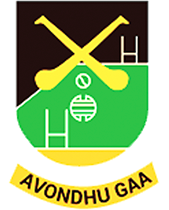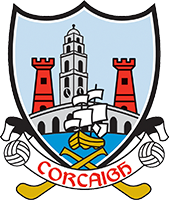
Flexibility
Flexibility is one of the 9 components of fitness. Flexibility is joint mobility or range of motion at a particular joint. It is one if the key factors in physical fitness and sports performance. Injury rates increase as flexibility decreases as the tissue (muscles) become easily damaged. The ''quality'' of flexibility is relative to the ''needs and ability'' of an individual for there particular sport or activity. (Hurling-Football) to give a general idea of your flexibility can you?
- Touch your toes from a standing position without bending your knees.
- Carry out a squat while holding you arms straight above your head without leaning forward or losing balance.
Flexibility should be attended to on a regular basis as if you do not poses the required level of flexibility to carry out a particular exercise(s) then you will not significantly gain all the physical benefits of doing the exercise(s) in the Strength and Conditioning context. This also applies in the sporting context as if you do not poses the required level of flexibility for your sport then your performance capability it greatly reduced, along with the increased risk of injury.
Static Stretching:
Static stretching is the most simple and effective type of stretching as it requires no equipment and there are many types of stretches that can be done in all muscle groups and improve the range of motion at any particular joint. In order to improve and increase your range of movement it is important to hold each individual stretch for 15-30 seconds, this is called a developmental stretch.
Quads:
While lying on your side, rest head on arm (bicep), grab foot and pull towards your buttocks. To increase stretch push hip forward


Using a chair, rest one foot on the edge, lower your body to the point you feel a stretch on your quad, To increase the stretch push your hip out.
Hamstrings

Lying on the floor, place both legs directly in front of your body. Reach forward and touch your toes. Keep your back straight while carrying out the stretch. To increase the stretch move fingers further down your foot maintaining a straight back.

Using a table or chair, place heel on the edge lean forward and carry out same procedure as above.
Glutes:
Start in the push up position, place your knee by below your chest and bring your hip below your heel. To increase the stretch move your hip closer to the ground.

Lying with your back flat on the ground, raise your knee and then lower it to the opposite side of the body, use the hand apply pressure to the leg while trying to bring the knee as close to the ground without twisting your torso(upper body)

Chest:
Using the frame of a door or an upright object raise the arm with your elbow bend at 90° degrees, twist your torso in the opposite direction of the arm in use and hold. You can use both arms at the same time.

Using a table or chair preferably, go on your knees and place hands on the table or chair, lower your head and chest as close to the ground as possible and hold.

Dyna-Bands (Flexi-bands):
Dyna-bands can be used to increase the range of movement at most joints and increase the elasticity of the muscles particularly the hamstrings, quads and calf muscles as this muscles are used the most.
Hamstring stretch using a dyna-band

Place band around foot and pull back while leg is in the air and hold for the full duration maintaining the stretch.

Quad Stretch using dyna-band - Lying flat on your stomach place the band around your foot and pull the band past your head, moving your foot closer to your glutes.
Foam Rollers:


Foam Rollers can be used to massage the muscles and reduce the build up of scar tissue (damaged muscle fibres) after training or games and increases blood flow to the muscles, this aides recovery as nutrients and amino acids (protein) can be absorbed by the muscles at a faster rate therefore speeding up recovery time. They can also be used as a method of injury treatment to relive tight or stiff muscles and muscle joints.

YouTube link:
https://www.youtube.com/watch?v=khC5J1lkC7s


